Food waste is always unfortunate but especially now with grocery prices climbing so quickly. Throwing out food means losing money and the time spent shopping and cooking. Small, steady changes in how you plan, store, and use ingredients can help every item last longer and get used fully. These easy habits fit into daily life and keep meals on track without extra effort. Over time they’ll lower costs and cut back on what ends up in the trash.
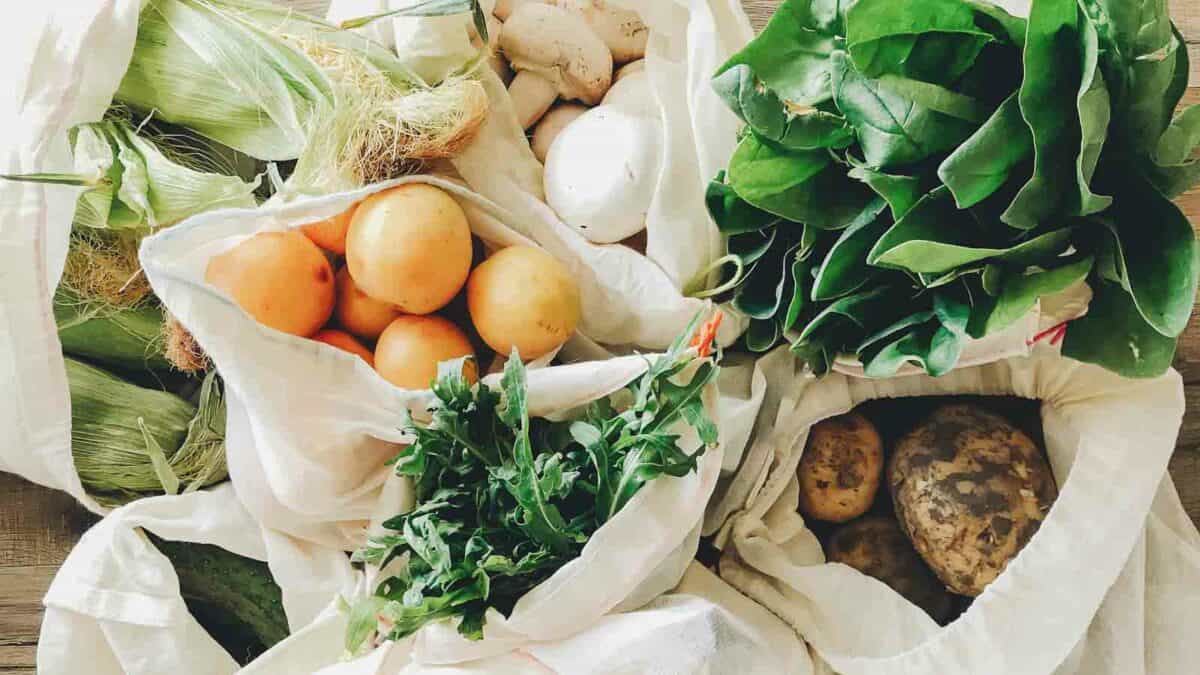
Cook with every part of your produce
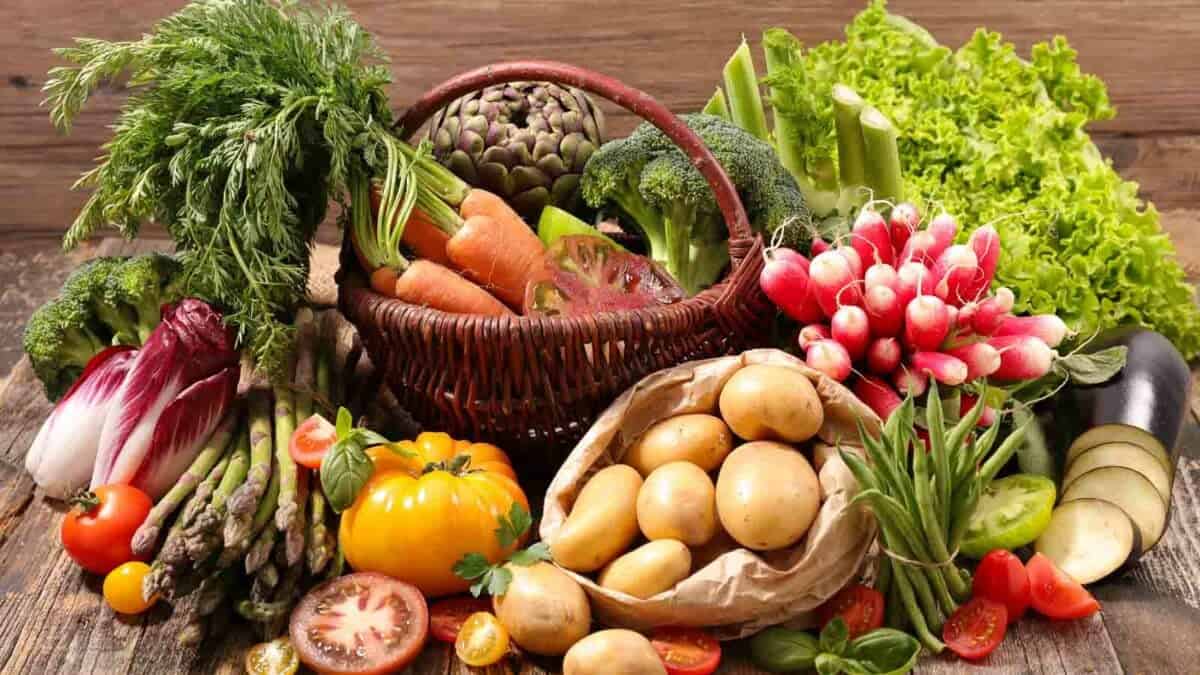
Use all edible parts of vegetables instead of tossing stems and leaves. Broccoli stalks can be sliced for stir-fries, beet greens sautéed as a side, and radish tops blended into pesto. Cooking with the full plant reduces scraps and brings extra nutrients to every meal.
Map out meals before shopping

Plan the week’s meals and write a shopping list that matches. Buying only what fits your plan reduces impulse purchases and ensures ingredients are used before they spoil. Pair recipes with overlapping ingredients to cut down on forgotten produce and lower costs.
Turn veggie scraps into homemade broth

Collect onion skins, carrot ends, and other trimmings in the freezer until you have enough for a pot of broth. A gentle simmer transforms them into a rich base for soups, grains, and sauces while giving new life to parts you might otherwise toss.
Shop bulk bins with your own containers

Stock up on grains, beans, and spices by bringing reusable jars or bags to the bulk section. Buying only what you need keeps the pantry organized and cuts down on packaging. It’s an easy way to save money and try small amounts of new ingredients without waste.
Compost what can’t be eaten

Give fruit peels, coffee grounds, and vegetable scraps a second purpose by composting them. Whether you maintain a small indoor bin or an outdoor pile, composting reduces landfill waste and creates nutrient-rich material for gardens or houseplants.
Preserve fruits and vegetables while they’re fresh
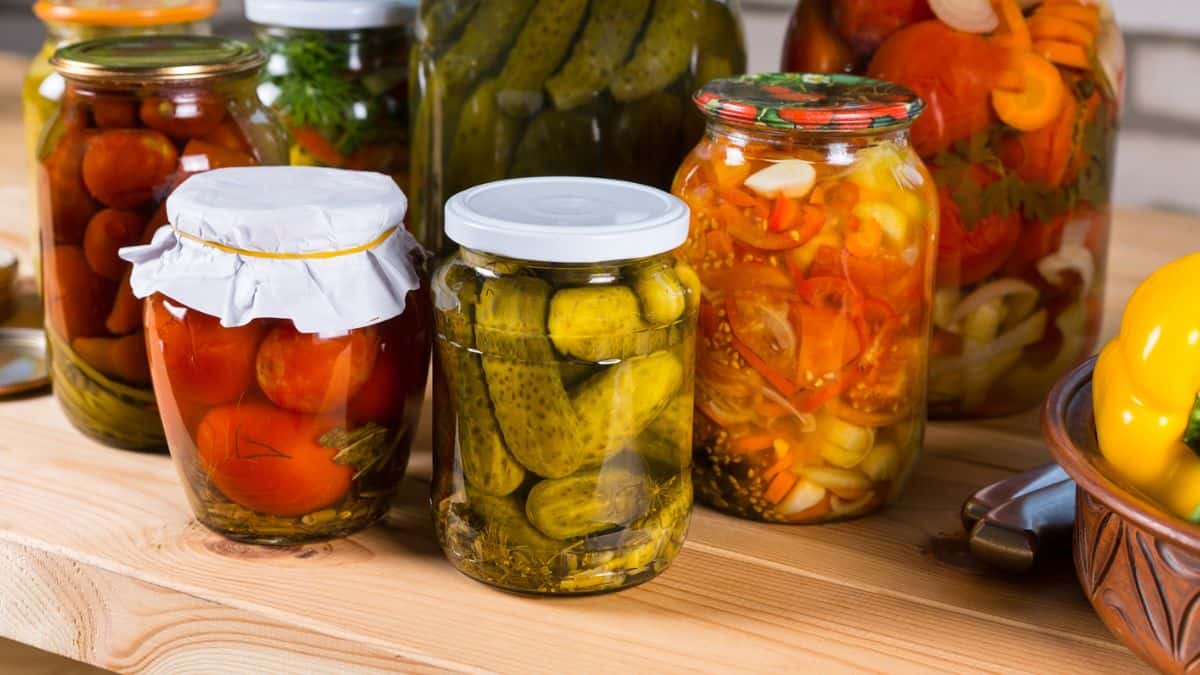
Freeze, dry, or can seasonal produce so you can enjoy it later. Tomatoes, berries, and peppers keep their flavor and nutrition when preserved at peak ripeness. This habit lets you stock up when produce is plentiful and avoid wasting extra harvests.
Regrow new plants from kitchen scraps
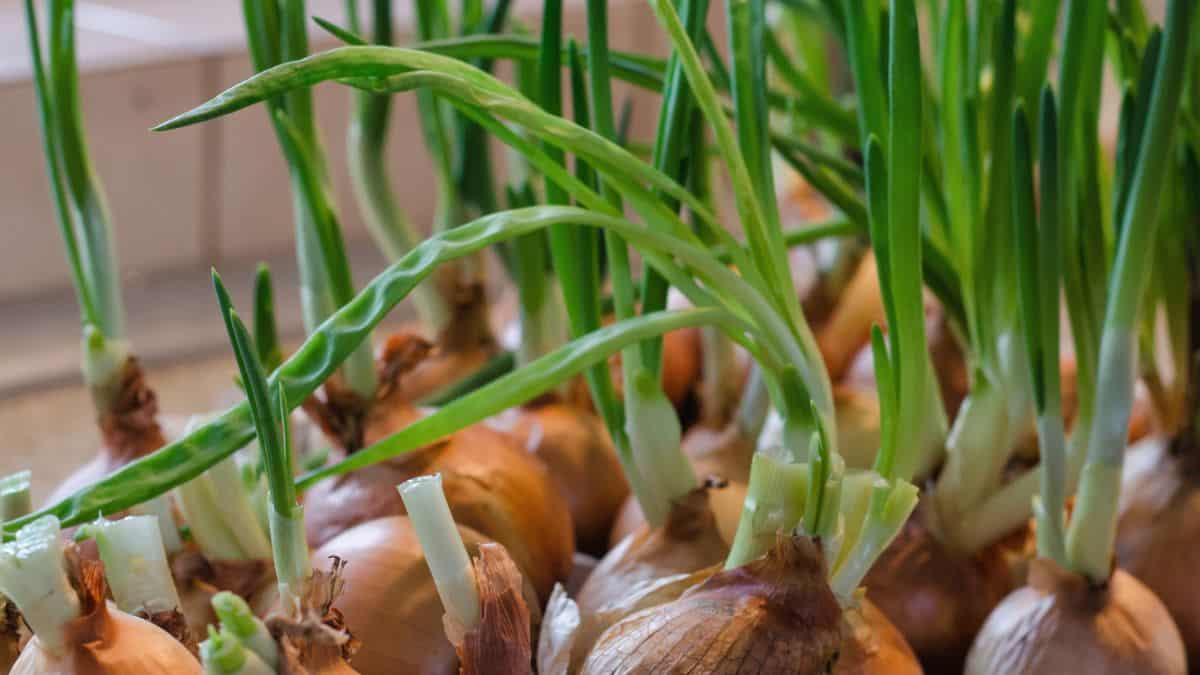
Many vegetables will sprout again if given a little water and sunlight. Place the bases of green onions, celery, or romaine in a shallow dish of water and watch them regrow. This simple routine stretches your produce and keeps fresh greens on hand.
Store ingredients the right way

A few storage adjustments can make food last much longer. Keep herbs in a glass of water, separate apples from other fruit to slow ripening, and use airtight containers for leftovers. Correct storage helps maintain texture and flavor well beyond the grocery date.
Reinvent leftovers into new meals
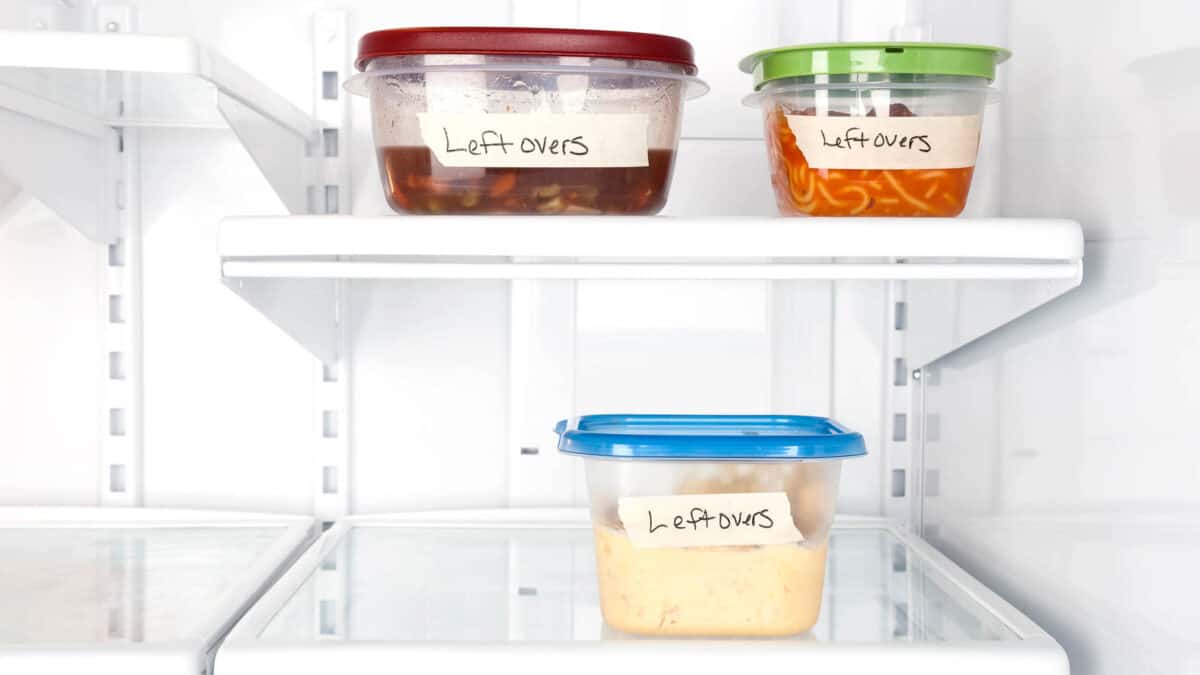
Transform yesterday’s dinner into something completely different instead of letting it languish in the fridge. Roasted vegetables can become soup, cooked grains can be tossed into salad, and extra sauce can be used as a marinade. Creative reuse saves money and keeps meals interesting.
Rethink expiration and sell-by dates

Dates on packaging are often about quality, not safety. Many foods remain perfectly good past those printed deadlines. Trust your senses, check how it smells, looks, and feels so you can enjoy food longer and waste less.
Keep fresh herbs growing at home

Plant small pots of basil, cilantro, or parsley near a sunny window or on a balcony. Fresh herbs at your fingertips cut down on buying store bundles that wilt quickly and add flavor to meals right when you need it.
Share extras with neighbors or food programs
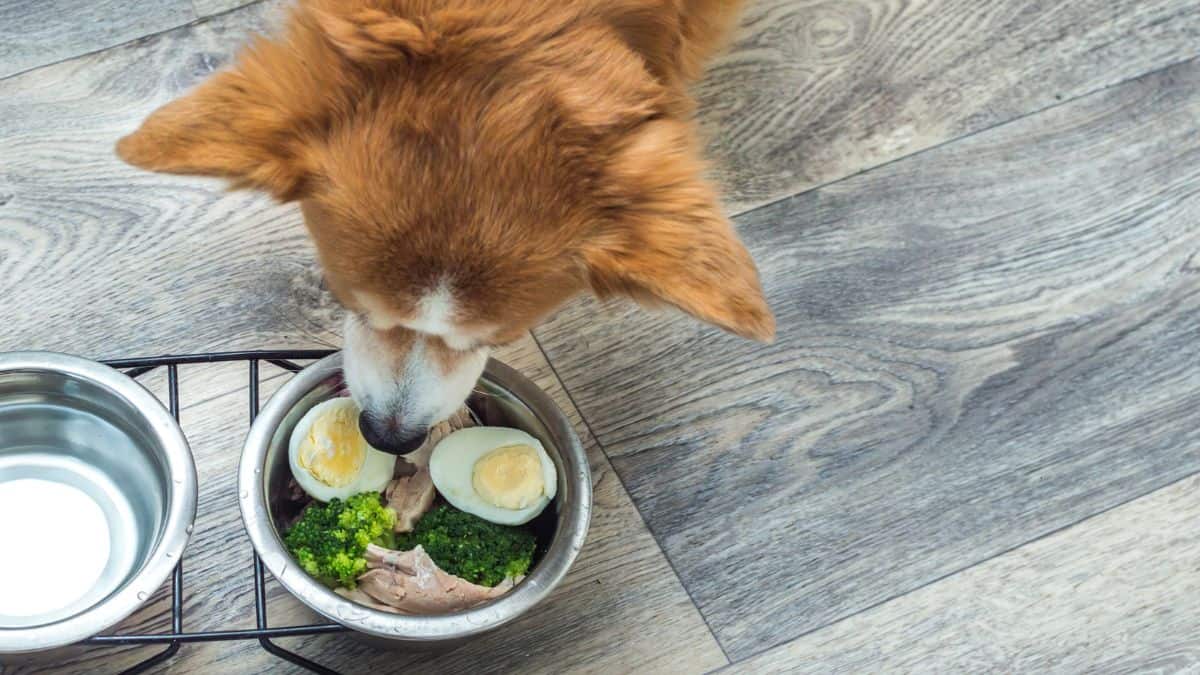
If you have more food than you can use, pass it on. Food banks, community fridges, neighbors, or even pets can benefit when food is still safe to eat. Lean meats, certain fruits, and vegetables like pumpkin or sweet potatoes can be turned into healthy treats for dogs or cats. Sharing extras with people or feeding safe scraps to pets keeps good food out of the trash and helps others in a meaningful way.
Repurpose ingredients for skincare

Many leftovers can double as natural beauty treatments. Avocado makes a rich face mask, tea bags soothe tired eyes, and coffee grounds create an effective body scrub. Using ingredients in this way reduces waste and adds value to what you buy.
12 Leftover Hacks To Make The Most Of Your Food

We’ve all been caught staring into the fridge at the sad remains of last night’s dinner, wondering if those limp carrots can be salvaged or that forgotten yogurt is best suited for the trash. But before you toss those potential ingredients, hold on! With a few clever tricks, you can transform those leftovers and forgotten bits into delicious new meals.
Read it Here: 12 Leftover Hacks To Make The Most Of Your Food
10 Simple Hacks To Keep Your Produce Fresh Longer

No one likes finding wilted greens or moldy berries in their fridge. Keeping produce fresh can be tricky, but with a few simple hacks, you can extend the life of your fruits and veggies. These easy tricks will help you keep your produce fresh and delicious for longer.
Read it Here: 10 Simple Hacks To Keep Your Produce Fresh Longer
Select images provided by Depositphotos.
Gina Matsoukas is an AP syndicated writer. She is the founder, photographer and recipe developer of Running to the Kitchen — a food website focused on providing healthy, wholesome recipes using fresh and seasonal ingredients. Her work has been featured in numerous media outlets both digital and print, including MSN, Huffington post, Buzzfeed, Women’s Health and Food Network.








